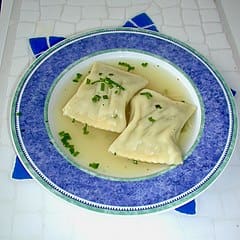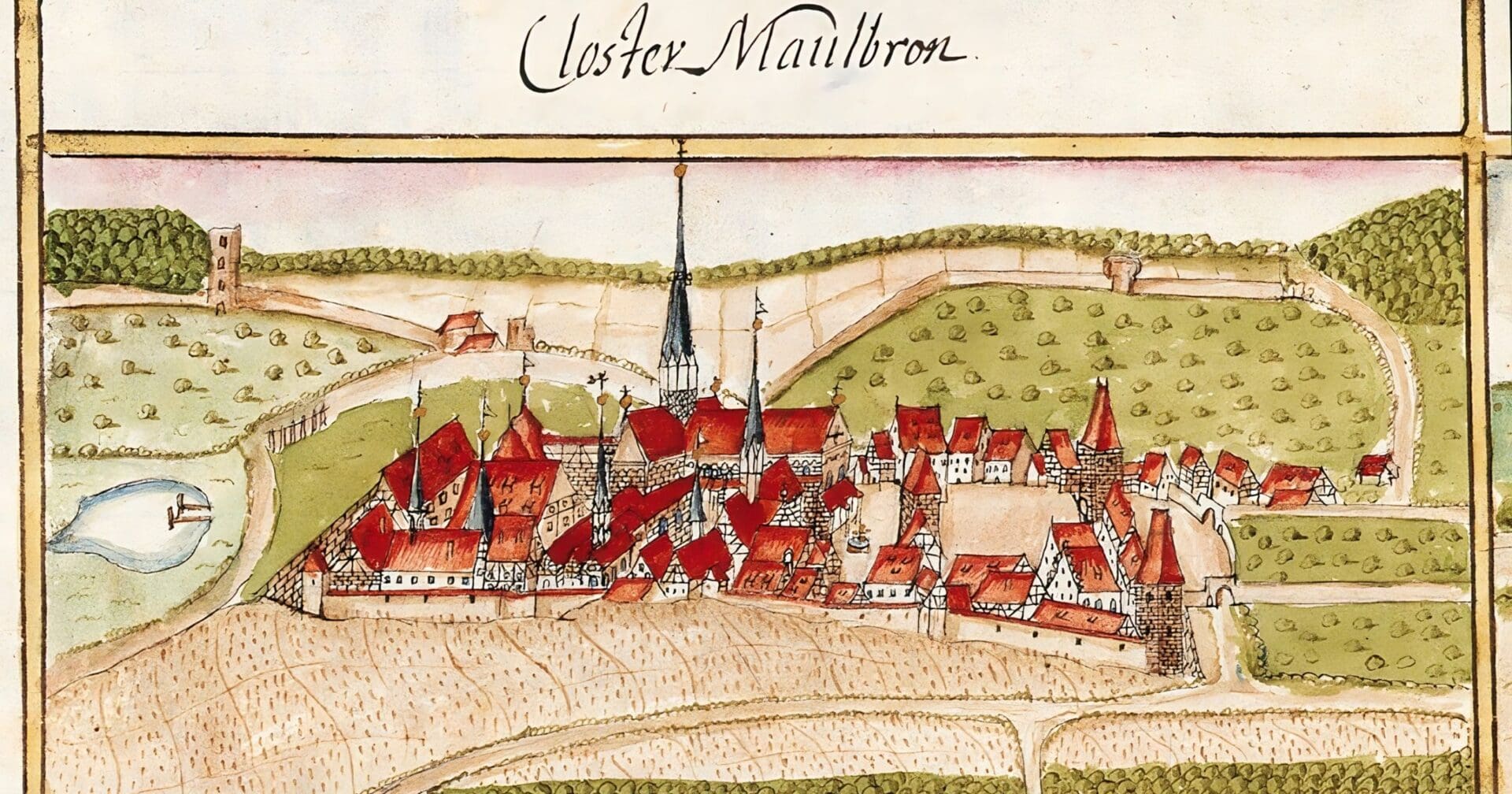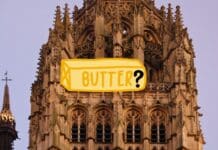In the heart of southwest Germany’s Swabia, nestled within the serene Maulbronn Monastery, lies a tale of culinary ingenuity born of necessity and devotion.
This story, steeped in medieval Catholic tradition, tells how the region’s signature dish, Maultaschen, emerged as a delicious “workaround” to Lenten restrictions.
The solemn period of Lent calls for abstaining from meat. However, the medieval Cistercian monks of Maulbronn, tasked with physical labor and the care of their community, faced a dilemma when a generous, excess portion of meat found its way to their kitchen during this fasting season. Resourceful and devout, they sought a solution that adhered to the letter of the law, if not its spirit.
Their innovation? Maultaschen — a deceptively simple pasta dish concealing a hearty filling of minced meat, greens, and herbs within its doughy folds. By enveloping the meat in this way, the monks believed they could keep it “hidden” from divine scrutiny, thus adhering to the fasting rules while still nourishing themselves and their community adequately. The dish’s nickname, Herrgottsbescheißerle, or “small God-cheaters,” reflects this playful act of pious deception.
Legend has it that Maultaschen’s origins can be traced back to a Brother Jakob, who first concocted these “mouth pockets” as a means to use up an unexpected bounty of meat during Lent that would otherwise be wasted in their time of scarcity. This inventive solution not only allowed the monks to maintain their piety but dawned a new culinary tradition for the region.
 Maultaschen has since transcended its monastic origins, becoming a cherished staple of Swabian cuisine, especially during Lent!
Maultaschen has since transcended its monastic origins, becoming a cherished staple of Swabian cuisine, especially during Lent!
Photo credit: Public Domain via Wikimedia Commons 1, 2















